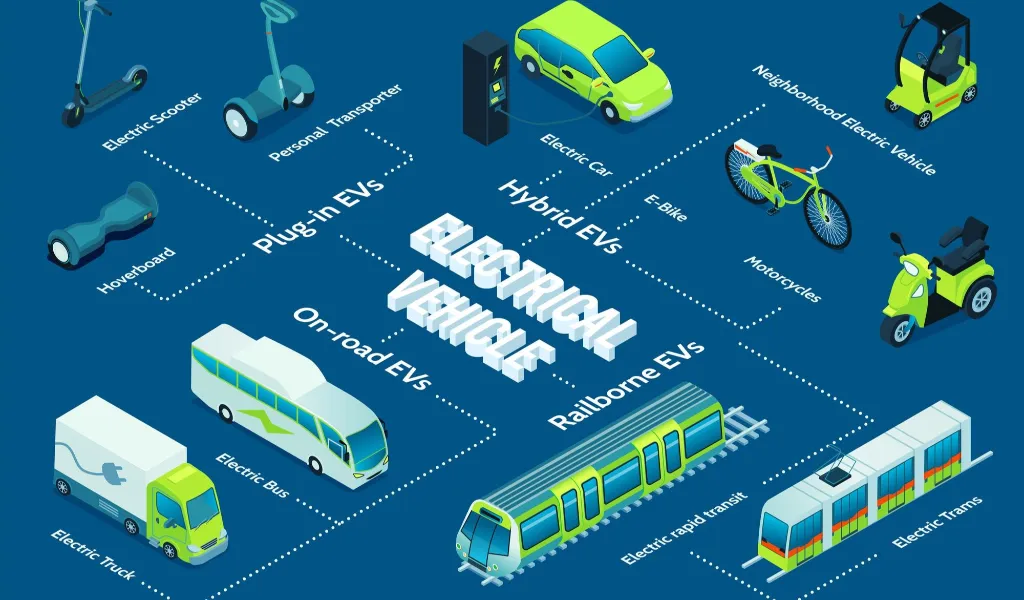Integrating EV Charging with Public Transport Systems
As cities grow and mobility demands increase, the future of urban transportation depends on smarter, greener, and more connected systems. One of the most promising developments is the integration of electric vehicle (EV) charging infrastructure with public transport systems, creating a seamless ecosystem for sustainable mobility.
Why Public Transport Matters in the EV Era
Public transport is the backbone of urban mobility. By electrifying buses, taxis, and shared vehicles — and aligning them with city-wide charging networks — cities can significantly cut emissions while ensuring accessible transport for all citizens.
Charging at Depots and Terminals
Bus depots, taxi stands, and train stations are ideal locations for installing charging hubs. They allow vehicles to recharge during idle times, ensuring maximum operational efficiency without disrupting schedules.
On-the-Go Fast Charging
For high-demand routes, fast chargers along transit corridors ensure that public transport fleets remain on schedule. This model is already being tested in several European cities, showing that reliable charging supports punctuality and user trust.
Benefits for Citizens and Cities
Integrated charging reduces noise, improves air quality, and creates more resilient energy systems. It also encourages multimodal transport — where citizens seamlessly switch between private EVs, buses, and trains.
Click&Plug’s Approach
Click&Plug develops tailored solutions for municipalities and operators, combining depot management, smart load balancing, and passenger-friendly interfaces. This enables public transport systems to stay reliable, efficient, and sustainable.
The future of mobility lies in cooperation between private EV use and public transport. Charging integration ensures both systems work together to build smarter, greener cities.

